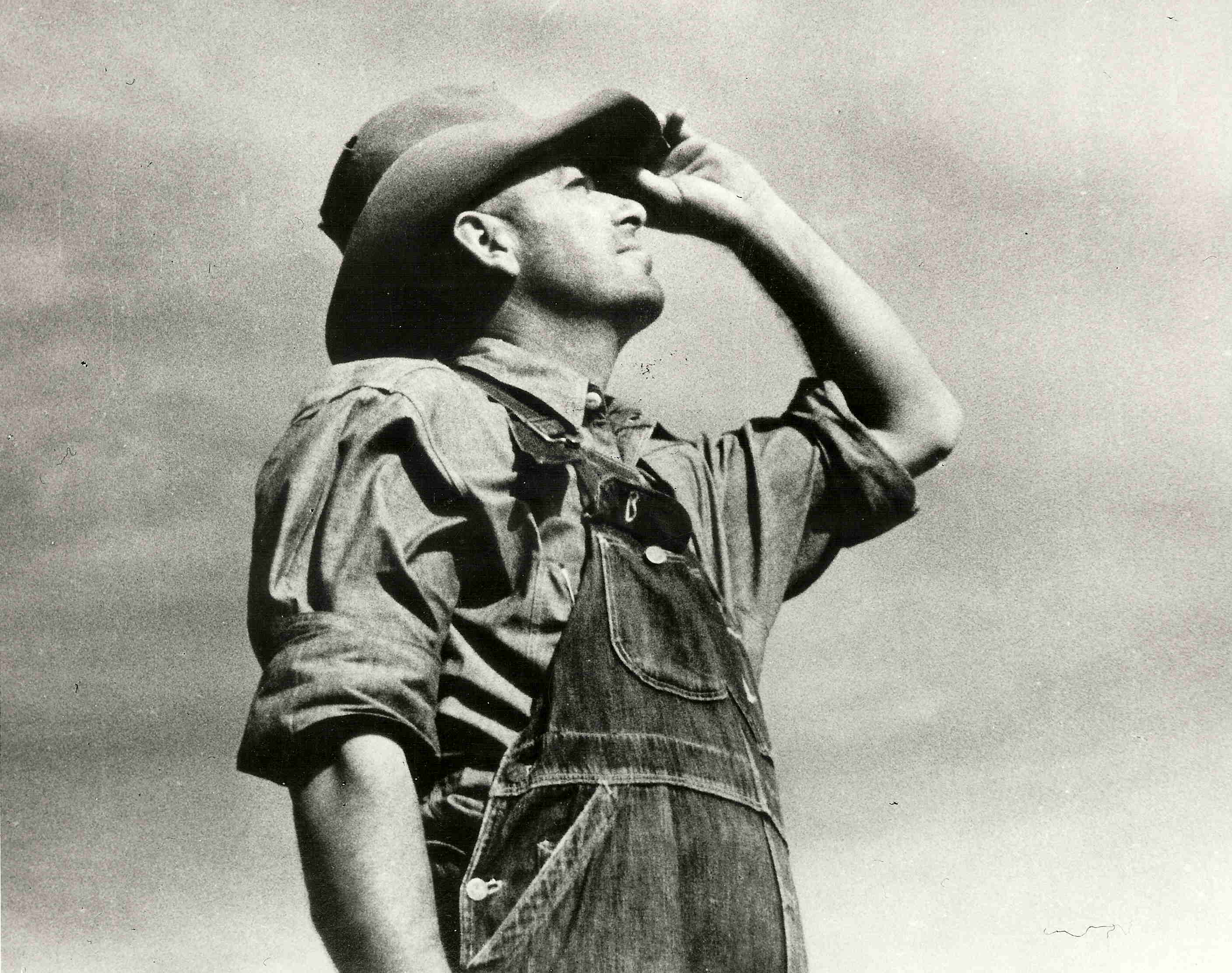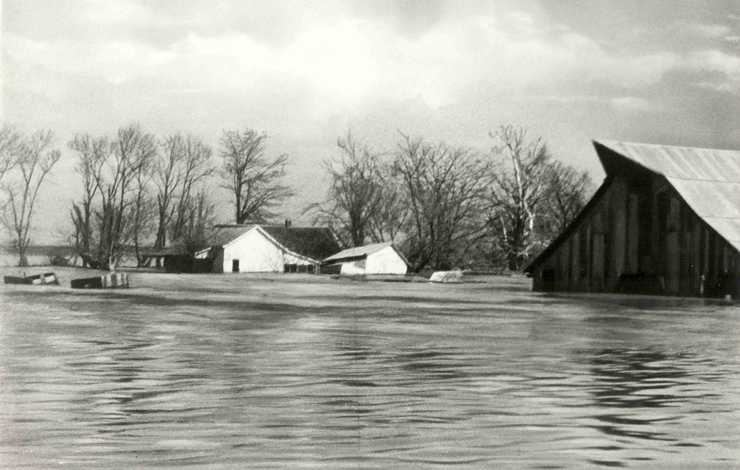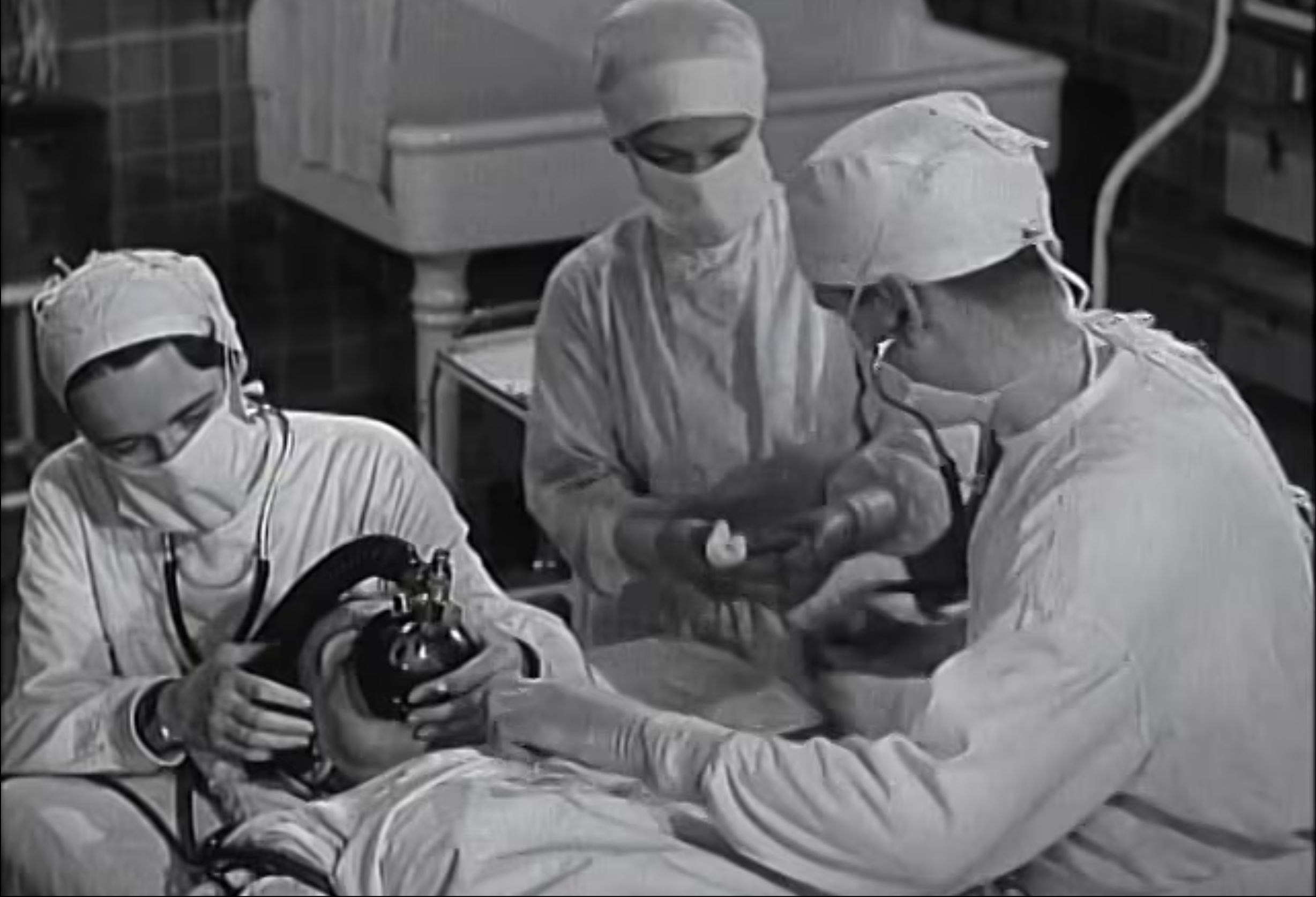Introduction
Pare Lorentz was an American original. His documentary films The Plow That Broke The Plains (1936), The River (1938) and The Fight for Life (1940) were among the first to demonstrate that films can educate and rally a nation around its history, its greatness, and its problems.
Both The Plow That Broke the Plains and The River, made in support of Roosevelt's New Deal, are considered seminal works in the development of the American documentary and earned Lorentz international acclaim. After first working as a journalist and a film critic, Lorentz became a director in the 1930s and was appointed as film advisor to the U.S. Resettlement Administration. It was in this position that he made the two highly praised films. The Plow That Broke the Plains was a poetic chronicle of the Roosevelt Administration's efforts to help drought-devastated Oklahoma farmers, while The River provided a lyrical history of the Mississippi Basin that emphasized the ruin caused by soil erosion. In 1939 Lorentz founded and began running the U.S. Film Service. While in that capacity, he made another great documentary, The Fight for Life, a devastating look at infant mortality among the impoverished.
Restoration supervised by Harrison Engle from Pare Lorentz' 35mm prints.

The Plow That Broke the Plains (1936)
Watch Now

The River (1938)
Watch Now

The Fight for Life (1940)
Watch Now
